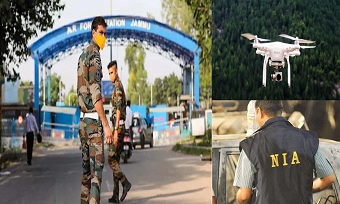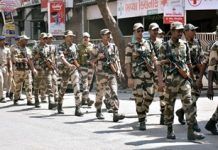In the backdrop of the drone attack at the Indian Air Force base in Jammu, the Ministry of Civil Aviation could potentially look at making the existing regulations for unmanned aircraft systems more stringent, government officials said.
Recently, two explosive devices were dropped from a drone at the air force base in Jammu, in what was the first known drone attack on an Indian military establishment. “Current drone rules are sufficient to get information into the system about drones from the manufacturer or importer to end users. However, rogue drones will always be non-compliant. But yes, tightened regulations are required to create deterrence,” a senior government official said.
In 2019, following drone attacks on two major Saudi Arabian oil installations, the Indian government had expedited the process to come out with guidelines to counter rogue drones. These guidelines, brought out by the civil aviation ministry, came as a result of a committee chaired by the Director General of Bureau of Civil Aviation Security (BCAS) and comprising Directorate General of Civil Aviation (DGCA), Intelligence Bureau, Defence Research and Development Organisation (DRDO), the Airports Authority of India, Central Industrial Security Force and the National Security Guard.
In discussing the security imperatives of the emergence of drones, the committee’s report said that in the military domain, small drones have been proliferating “at a rate that has alarmed battlefield commanders and planners alike”. “In certain incidents, the small drones were also armed with explosive ordnance, to convert them into potentially lethal guided missiles, thus demonstrating the growing sophistication with which these potent warriors have found relevance in combat zones,” it added.
The guidelines had suggested a number of measures to counter rogue drones depending on the vitality of assets being protected. For places of critical national importance, the rules called for deployment of a model that consists of primary and passive detection means like radar, radio frequency (RF) detectors, electro-optical and infrared cameras. In addition to this, soft kill and hard kill measures like RF jammers, GPS spoofers, lasers, and drone catching nets were also suggested to be installed.








